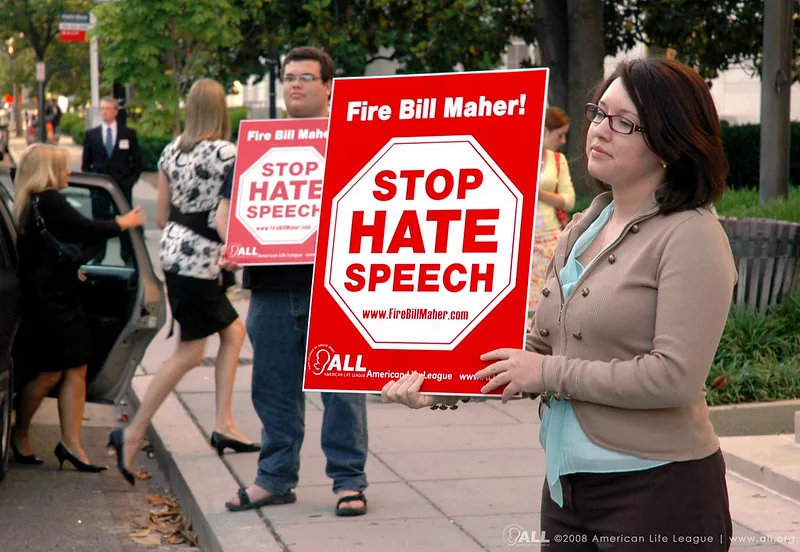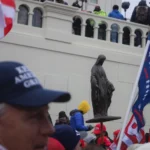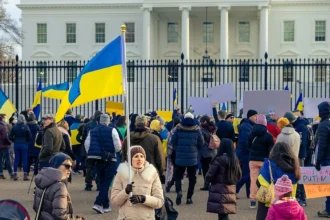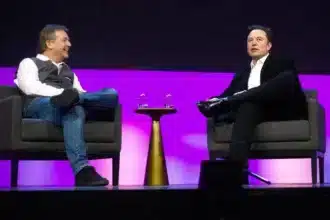A term that once aimed to name and restrict the most toxic forms of public expression now exists in a tangle of legal codes, private platform policies, and shifting cultural sensibilities.
Across courtrooms, campuses, and codebases, the definition of hate speech has become unstable and contested. What is penalized in one country may be protected in another; what is removed from one platform may trend on another. Jurisdictions clash, moderation tools falter, and perceptions polarize—but regulation continues.
Efforts to expand hate speech definitions are seen by critics as attacks on speech, while in other circles, failure to do so is read as tacit endorsement of discrimination.
This article explores how that regulatory impulse persists despite the absence of a shared standard. Rather than treat hate speech as a fixed category, it examines how law, technology, and ideology are reshaping it into a site of political struggle and institutional ambiguity.
When Hate Speech Meets Conflicting Legal Systems
In legal philosophy, the idea of hate speech remains contested. For Jeremy Waldron, speech that undermines the basic dignity of individuals or groups should be limited to protect the conditions of equal membership in society. Ronald Dworkin, by contrast, argues that even hateful expression must be protected under robust free speech principles—not because it is harmless, but because its regulation threatens the very framework of democratic legitimacy.
This philosophical divergence is mirrored in the law. In the United States, hate speech is largely protected under the First Amendment. In Europe and Canada, various forms of it are criminalized under incitement, discrimination, or dignity-based frameworks. The result is a legal landscape where the same utterance might be protected in one country, penalized in another, and flagged but tolerated on social media.
Moderation by Machine
The growth of global digital platforms has introduced a second level of inconsistency: algorithmic enforcement. Platforms like TikTok, Facebook, and YouTube claim to moderate hate speech through automated systems and human oversight. But several studies reveal just how uneven these systems are.
A study on TikTok moderation practices found significant regional and linguistic discrepancies in how hate speech was flagged or ignored. Another study showed that automatic detection models often misclassify non-hateful content, particularly in politically sensitive or minority dialect contexts.
Even when detection systems succeed, enforcement may fail. Hate speech on platforms is frequently spread through code words, memes, or recontextualized speech—forms that evade rigid keyword-based moderation. Moreover, the opacity of algorithmic processes makes it nearly impossible for users or regulators to understand why certain content is removed while other equally offensive content remains.
Social Perception and Political Polarization
The variability in hate speech regulation is not merely a legal or technical problem—it reflects deeper social and political divides. Several empirical studies indicate that the perception of what constitutes hate is strongly shaped by ideological alignment.
Fischer et al. (2018) show that individuals are more likely to perceive opposing political views as hateful, even when the content is equivalent. Dimant (2023) finds that political polarization exacerbates social preferences for punitive or permissive responses to controversial speech. This suggests that hate speech is not only context-dependent, but emotionally and politically mediated.
Such findings help explain why the same campus protest might be condemned as hateful by one group and celebrated as free expression by another. The same holds for legislative debates: efforts to expand hate speech definitions are seen by critics as attacks on speech, while in other circles, failure to do so is read as tacit endorsement of discrimination.
Technological Enforcement Without Consensus
One of the most troubling consequences of this definitional fragmentation is that enforcement increasingly happens without transparency or accountability. In practice, the authority to determine what counts as hate has migrated from courts and legislatures to platform policies enforced by private moderation teams and AI systems.
Enforcement standards differ widely even within similar liberal democracies. What is considered unacceptable in Germany may be permitted in the UK, flagged in Canada, or simply buried by an opaque algorithm in the U.S. context. This creates confusion for users and regulators alike, especially when platforms operate transnationally.
Moreover, as Wang (2022) argues in her rhetorical analysis of hate speech framings, the label of “hate” is often deployed strategically. Rather than reflect a stable norm, it becomes a site of political contestation. Actors use it not only to condemn violence or incitement but to disqualify opposing worldviews. This raises a delicate question: is the term “hate speech” protecting the vulnerable, or has it become a way to police dissent?
From Category to Conflict
This is not to argue that hate speech should be ignored. Its harms—social, psychological, political—are real and well-documented. But the inconsistency of its regulation and the strategic ambiguity of its use suggest a deeper crisis: liberal societies are trying to enforce a category they no longer agree on.
Regulators and platforms often seek technical solutions to what is ultimately a normative problem. Detection models are trained without consensus definitions; laws are passed without shared interpretive ground; speech is removed based on opaque standards that vary from one jurisdiction to another.
The problem is not just defining hate speech—it is deciding who gets to define it. The term once evoked a kind of moral clarity. Today, it signals an unstable equilibrium between legal obligation, platform discretion, and social conflict.
Until that tension is confronted directly, hate speech will remain less a category of law than a proxy for deeper battles over authority, identity, and belonging.
Who defines hate speech today?
No single authority holds that power. Instead, the definition emerges from ongoing tension between national legal systems, private platforms, and ideological worldviews. While courts offer diverging interpretations, platforms apply their own rules—often through opaque algorithms—and political actors instrumentalize the term in strategic ways.
As a result, hate speech is no longer a fixed legal concept, but a contested site where law, technology, and power intersect. Its definition depends not just on content, but on who speaks, where they speak, and how their words are received. That fragmentation is not a temporary flaw—it is the current condition of regulation itself.








